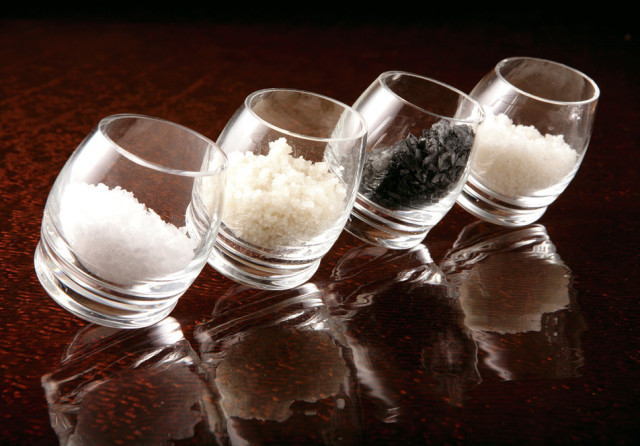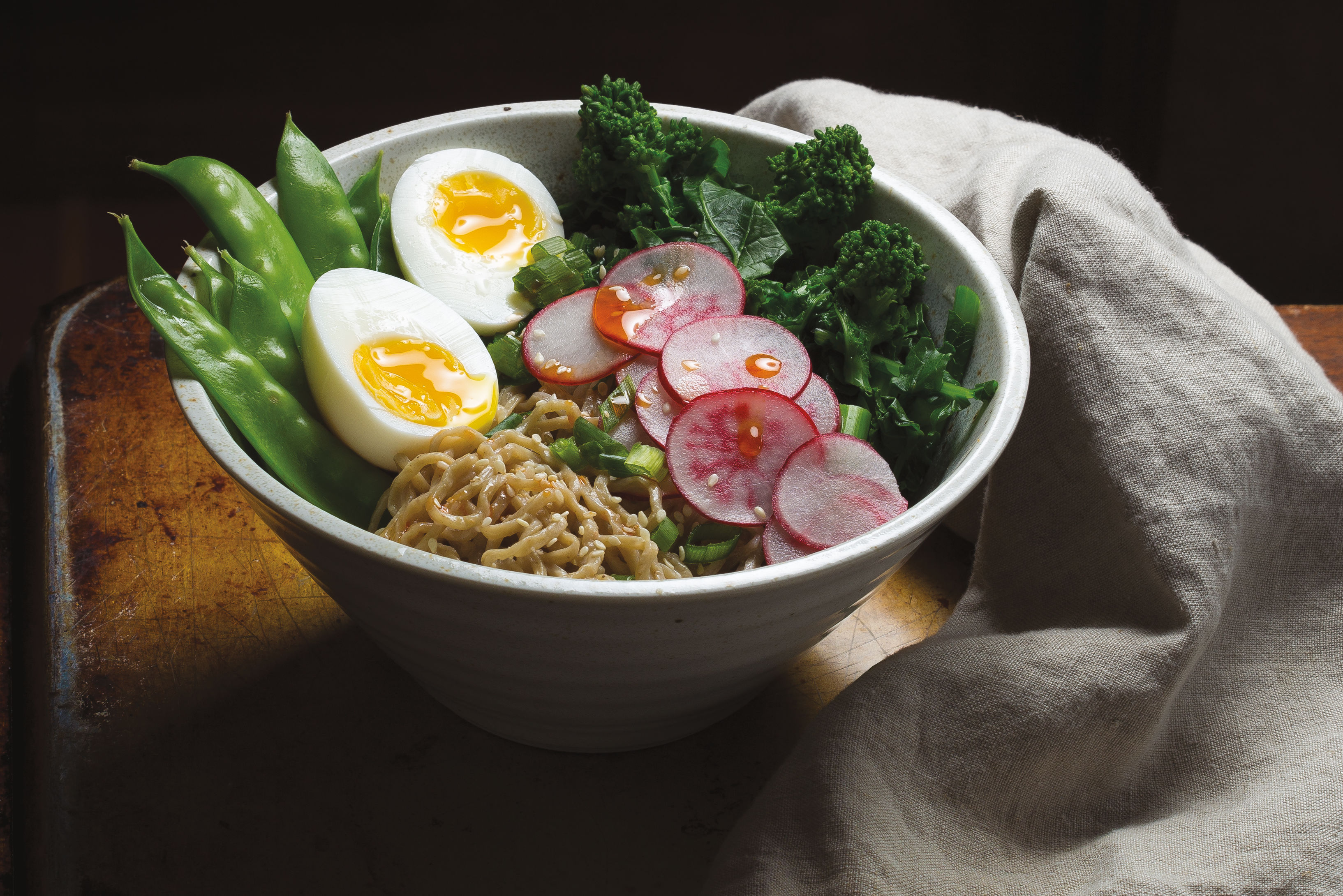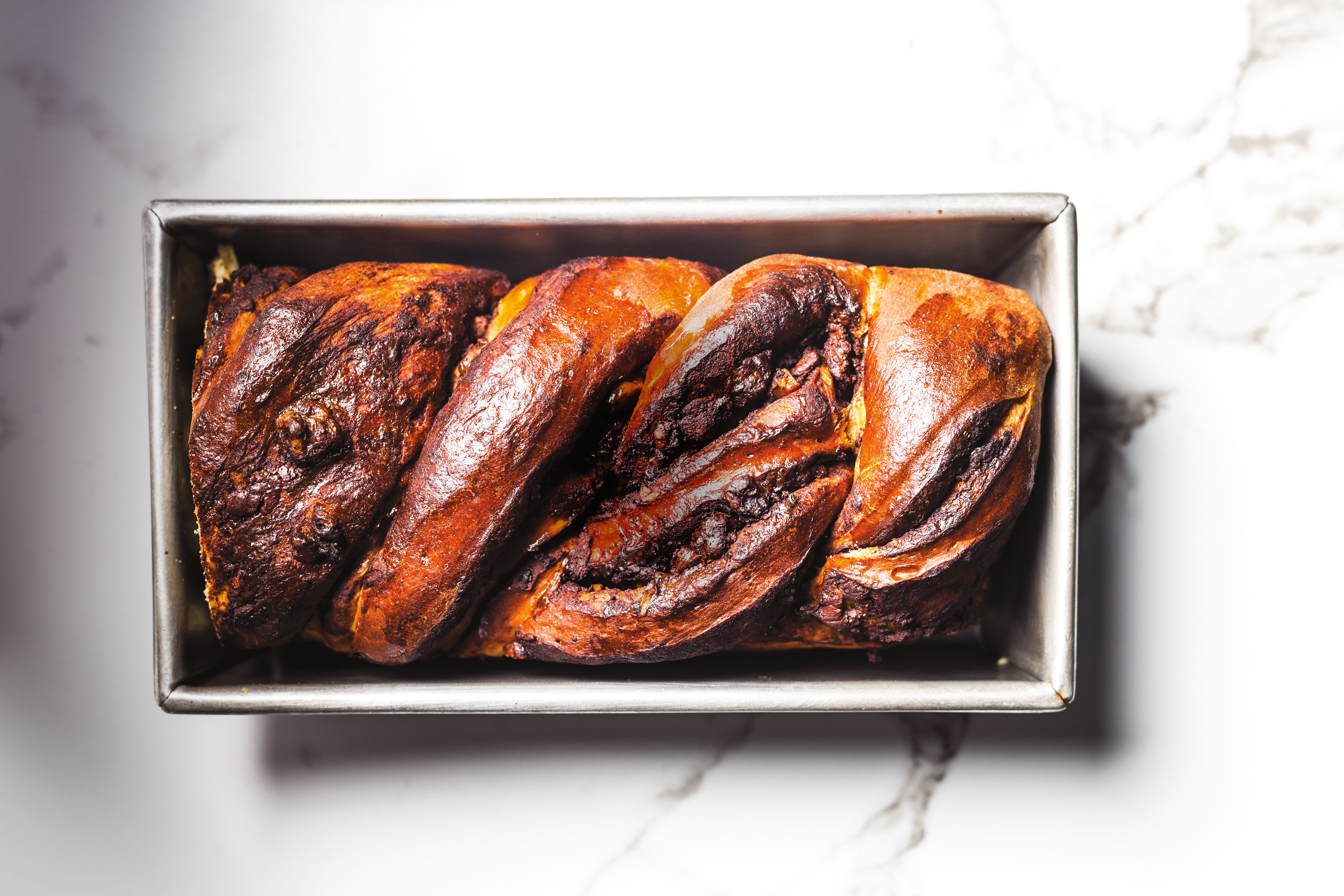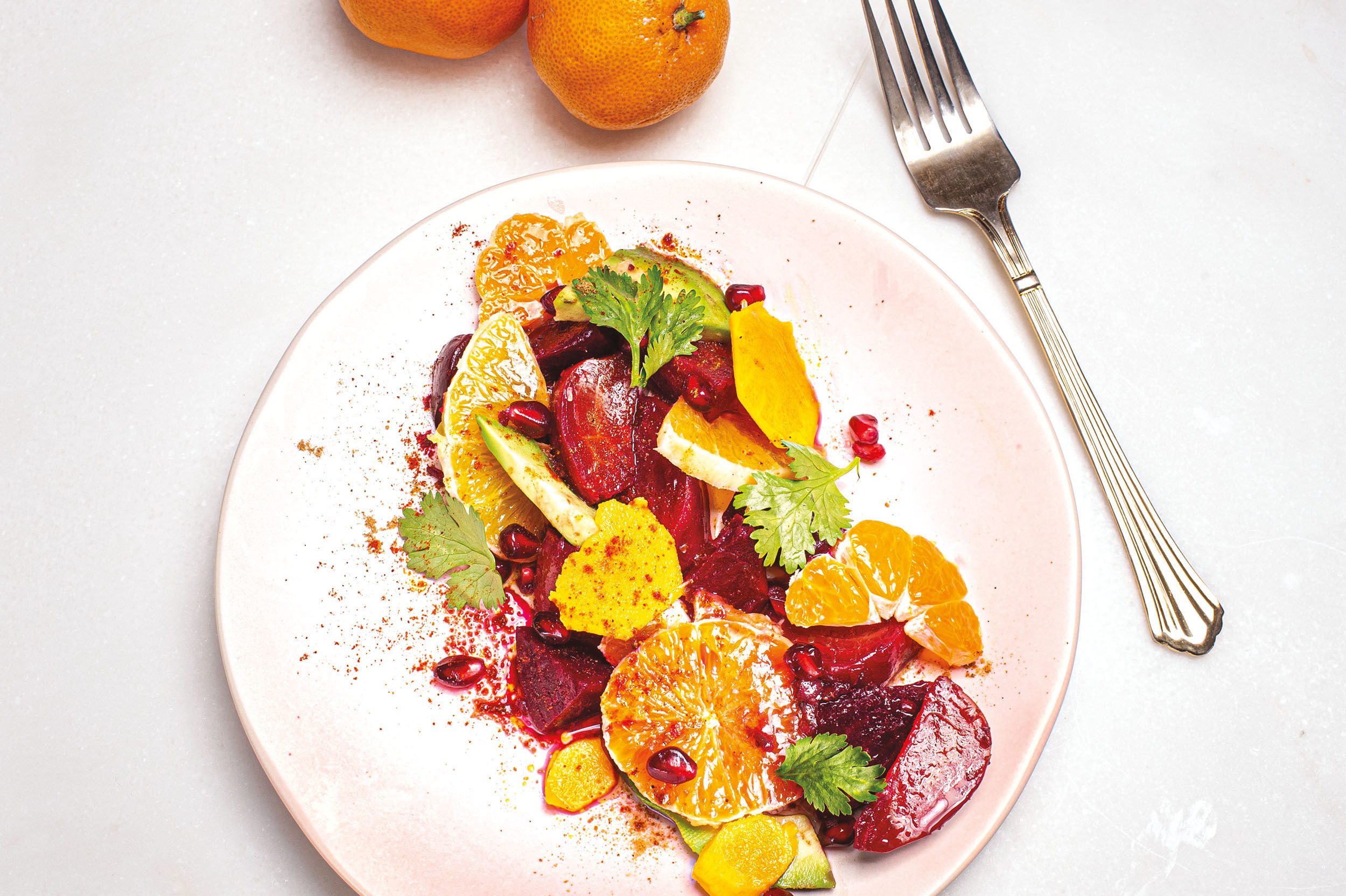Hot Rocks

Image: Tom Oliver,Basil Childers
“I’m really into flakes!” says Mark Bitterman, co-proprietor of the Meadow, a willfully eclectic boutique located in the concrete mini-mall on N Mississippi Ave between Beech and Failing. His compulsion extends beyond just flakes, though; crystals, shards and lumps get him going too. In fact, were it not for his intense and studious mien, one might wonder just what he was cooking up with those vials of white, gray, gold and red minerals that decorate the boutique’s shelves. But Bitterman gets his stimulus simply from salt—he calls himself a “selmelier”—and in his ideal world it would come in just about any form, other than the bland little granules inside that ubiquitous blue-and-white cardboard cylinder.
Although the Meadow’s wares represent a caper through Bitterman’s various interests, including artisanal chocolates, flowers and wine, salt is the main attraction. In fact, Morton’s iodized classic is one of the few salts you won’t find in his shop. At any given time, Bitterman sells more than 40 varieties from around the world, ranging from Hawaiian black Molokai Kai to Japanese deep-sea salt.
Selling the earth’s most essential mineral as a gourmet luxury item may strike some people as cheeky, but after a few moments in the orbit of Bitterman’s low-key mania, you may find yourself drawn in. “In France, chefs would bring their own regional salts with them to cook,” says Bitterman. “People go to the farmers market here and buy these beautiful tomatoes, and then they put salt from a box on them. Why not respect the food?” In his opinion, refined, bleached commercial salt exemplifies the dumbing-down of natural foods in this country.
Of course, respecting our food, in Bitterman’s terms, carries a price tag, ranging upward of $60 per pound of salt. But these aren’t mere salts to throw into pasta water. Hand-harvested from evaporative ponds, in some cases smoked with oak or mesquite, or flavored with such ingredients as black truffles, these salts should be used for finishing dishes—adding visual, textural spark to roast meats or salads, for instance.
The complex flavors of these salts constitute a true quantum leap beyond Morton’s. Table salts are relatively “pure,” containing less than 2 percent trace minerals—that is, minerals other than sodium chloride that contain natural iodine. But artisanal salts such as Bitterman’s typically contain up to 15 percent trace minerals, giving them a far richer and more complex array of flavors. Compare a pinch of table salt (simply salty, sometimes bitter) to, say, French fleur de sel (salty, yes, but also sweet, grainy and crunchy), and you’ll get the idea.
Salty Pleasures
We sampled an array of salts at the Meadow and selected five of our favorites
Sel Gris de Guérande ($5.38/8 oz)
Chunky, crunchy, dirty-white and chock-full of minerals, this salt has been harvested on the shores of Brittany for eons.
Fleur de Sel de Camargue ($10/6.4 oz)
Drier than most other finishing salts, with an irregular cubic structure. The name of this Provençal import refers to the violetlike aroma that emanates from the salt beds as they dry in the sun.
Maldon ($4.73/4.2 oz)
Formed into delicate, snowy, irregular flakes, this classic salt from England’s Essex coast
bears a crisp flavor and texture. It’s become a standard gourmet salt in grocery stores.
Halen Môn Gold ($18.49/5.1 oz)
This fascinating, pale gold, flaky crystalline salt from Wales has been smoked over oak, a process that lends it a gentle, unforgettably sweet and smoky aroma.
Turkish Cypress Black Lava ($7.31/4.5 oz)
Beautiful and mysterious, these large black shards and pyramids resemble flakes of charcoal, and they’re deeply organic-tasting, as one might imagine the core of the earth tastes.




